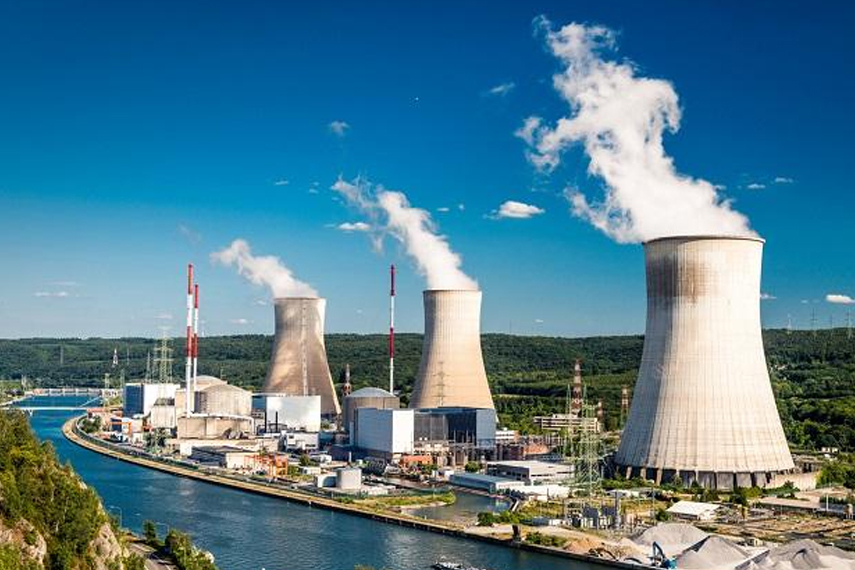In recent years, the global focus on environmental sustainability has sharpened, especially regarding emissions from coal-fired power plants. A major concern in this sector is sulphur dioxide (SO₂), a harmful pollutant released during the combustion of coal. With India being one of the top coal consumers in the world.
Understanding Sulphur Emissions from Coal Plants
Sulphur emissions from coal plants primarily result from the high sulphur content in Indian coal. When burned, sulphur reacts with oxygen to produce SO₂, contributing to acid rain, respiratory issues, and overall air quality degradation. The thermal power plant sulphur dioxide pollution has become a major environmental concern, prompting regulatory changes and technological upgrades.
Thermal Power Plant Emission Norms in India
The thermal power plant emission norms laid out by the Ministry of Environment, Forest and Climate Change (MoEF&CC) in 2015 mandate a significant reduction in SO₂, NOx, and particulate matter. Specifically, plants are required to install Flue Gas Desulphurization (FGD) systems to reduce sulphur emissions to below 200 mg/Nm³ for plants commissioned after January 2017.
However, compliance has been slow. While deadlines have been extended multiple times, pressure is mounting from both domestic environmental groups and international climate watchdogs to enforce these limits.
Technological Solutions to Tackle SO₂ Pollution
Fortunately, modern technology offers several viable solutions to curb sulphur emissions from coal plants:
1. Flue Gas Desulphurization (FGD)
FGD systems are the most widely accepted method of removing SO₂ from exhaust gases. Wet FGD, which uses a limestone slurry to absorb sulphur dioxide, is particularly effective—achieving up to 95% reduction.
2. Dry and Semi-dry Scrubbers
Ideal for smaller plants or areas with limited water access, dry scrubbers use sorbent materials like lime to trap sulphur compounds. Though slightly less efficient than wet FGDs, they are cost-effective and easier to maintain.
3. Advanced Combustion Technologies
Techniques such as fluidized bed combustion burn coal more efficiently and at lower temperatures, reducing overall emissions, including sulphur dioxide.
4. Coal Washing and Blending
Reducing the sulphur content in coal before combustion,either through washing or blending with low-sulphur imports can minimize the amount of SO₂ released.
Challenges in Implementation
While the technology exists, challenges remain:
- High capital cost: Installing FGD units can significantly increase the cost of electricity generation.
- Operational complexity: Continuous monitoring, maintenance, and skilled manpower are required.
- Water use: Some technologies, especially wet FGDs, consume large amounts of water, posing challenges in arid regions.
The Way Forward
India’s journey toward cleaner coal-based energy is far from over. Stronger enforcement of thermal power plant emission norms, financial incentives for cleaner technologies, and public-private partnerships are key to achieving real progress.












More Stories
iQOO 15 Launching November 26: Snapdragon 8 Elite Gen 5, 7-Year Update Promise & Everything You Need to Know
Why Cloud Seeding Failed to Bring Rain in Delhi: IIT Kanpur Director Explains
iPhone 17 vs iPhone 17 Pro vs iPhone Air: Price Comparison Across Key Markets